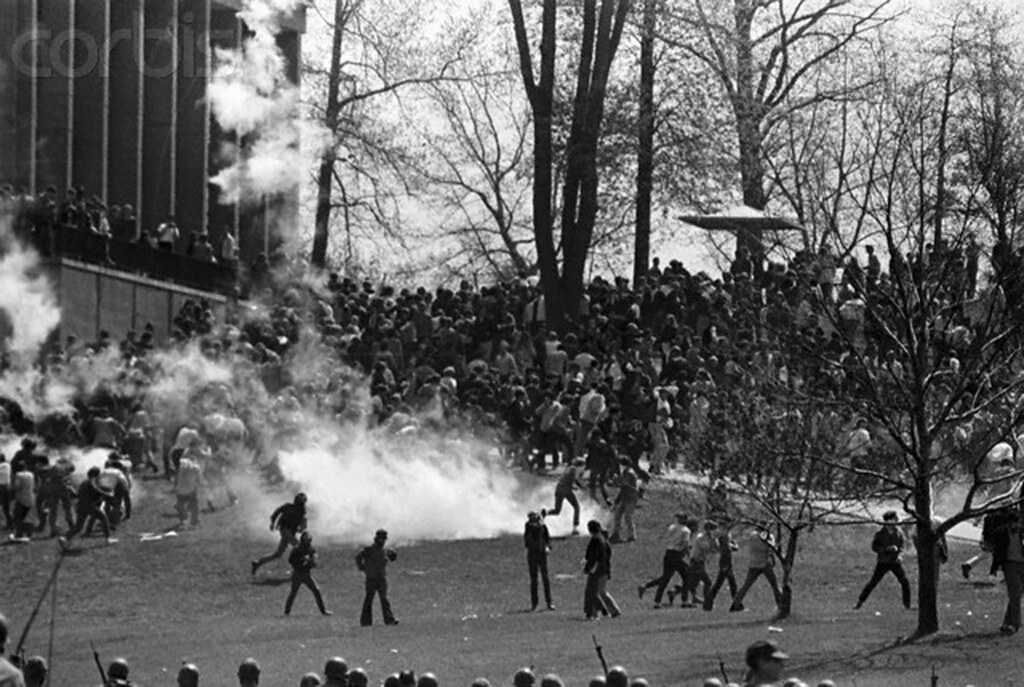Mac discusses how Vietnam changed America. The way we vote and view the world around us. Born in the 1950s Mac recalls the war and its impact on society. While Mike was also born in the late 1950s he recalls his brother burning his draft card.
The Vietnam War was a long and controversial conflict fought by the United States and its allies against the communist government of North Vietnam and the Viet Cong aided by China & the Soviet Union. The war began in the early 1960s and lasted until 1975, when the North Vietnamese army captured Saigon, the capital of South Vietnam.
The war resulted in the deaths of over 58,000 American soldiers and an estimated 2 million Vietnamese civilians. The U.S. military has estimated that between 200,000 and 250,000 South Vietnamese soldiers died in the war. In 1995 Vietnam released its official estimate of the number of people killed during the Vietnam War: some 1,100,000 North Vietnamese and Viet Cong fighters. The total number of Chinese troops in North Vietnam between June 1965 and March 1968 amounted to over 320,000.
The counterculture revolution was a social and cultural movement that developed in the United States during the 1960s and 1970s. It was characterized by a rejection of mainstream values and a questioning of traditional institutions such as government, religion, law enforcement, and the military. The counterculture was associated with the anti-war movement and the civil rights movement. It was also influenced by the rise of the feminist and environmental movements. The counterculture is often associated with the hippie and youth culture of the era. It was marked by experimentation with drugs, alternative lifestyles, and new forms of art and music.
Both the Vietnam War and the counterculture revolution played a role in shaping the political and social landscape of the United States during this period and beyond. The war led to widespread disillusionment and opposition among the American public, particularly among young people. The counterculture was a reflection of this growing sense of disillusionment and desire for change without much thought to where it would lead.
The voting age in the United States was lowered to 18 with the passage of the 26th Amendment in 1971. The amendment was ratified by the necessary three-fourths of states in July of that year. The main reason for the change was that if 18-year-olds were old enough to fight and die in the Vietnam War, they should be old enough to vote. The amendment was also supported by the youth rights and anti-war movements of the time.
Protesting the Vietnam War was a widespread and significant movement in the United States during the 1960s and 1970s. The anti-war movement was made up of a diverse group of individuals and organizations, including students, veterans, religious leaders, and political activists. The movement was driven by opposition to the human cost of the war, the perceived lack of progress in achieving a resolution, and the belief that the war was unjust.
The anti-war movement began to gain momentum in the early 1960s as the conflict in Vietnam escalated and the draft was implemented. Protests included marches, rallies, sit-ins, and acts of civil disobedience. Some of the most notable protests include the Moratorium to End the War in Vietnam in 1969 and the Vietnam Moratorium Day in 1970.
Protests also took place on college campuses, where students organized teach-ins and other events to raise awareness about the war and to encourage opposition to it. Some of these protests were met with violence from police and National Guardsmen, leading to further outrage and condemnation of the war.
As the war continued, public opinion began to turn against it, and the anti-war movement grew in size and influence. It was a major factor in the decision by President Richard Nixon to withdraw American troops from Vietnam, and it contributed to a broader change in public attitudes towards foreign policy, military intervention and government authority.
The all-volunteer military in the United States was established in 1973 as a replacement for the military draft, which had been in place since World War II. The shift to an all-volunteer force (AVF) was motivated by a number of factors, including:
The unpopularity of the Vietnam War and the draft: The draft was deeply controversial, particularly among young men who were being drafted to fight in Vietnam. Many felt that the draft was unfair, and that it disproportionately affected low-income and minority communities.
The high cost of the draft: The draft was expensive to administer and maintain, and it also resulted in significant training costs for the military.
The changing demographics of the military: The military had become increasingly composed of lower-income and minority individuals, who were more likely to be drafted than wealthier and more educated individuals.
The desire for a more professional military: Many policymakers and military leaders believed that an all-volunteer force would be more effective and efficient than a draft-based force. A volunteer force would consist of individuals who had chosen to serve, rather than being forced to do so, and would therefore be more motivated and better trained.
The shifting cultural attitudes towards military service: The cultural attitudes towards military service had changed, and many young men no longer saw it as a civic duty to serve.
In response to these factors, the Nixon Administration developed the concept of an all-volunteer force. The AVF was officially established by the U.S. Congress in 1973 with the passage of the Armed Forces Voluntary Recruitment Act, which abolished the draft and made military service voluntary.

Recent Comments